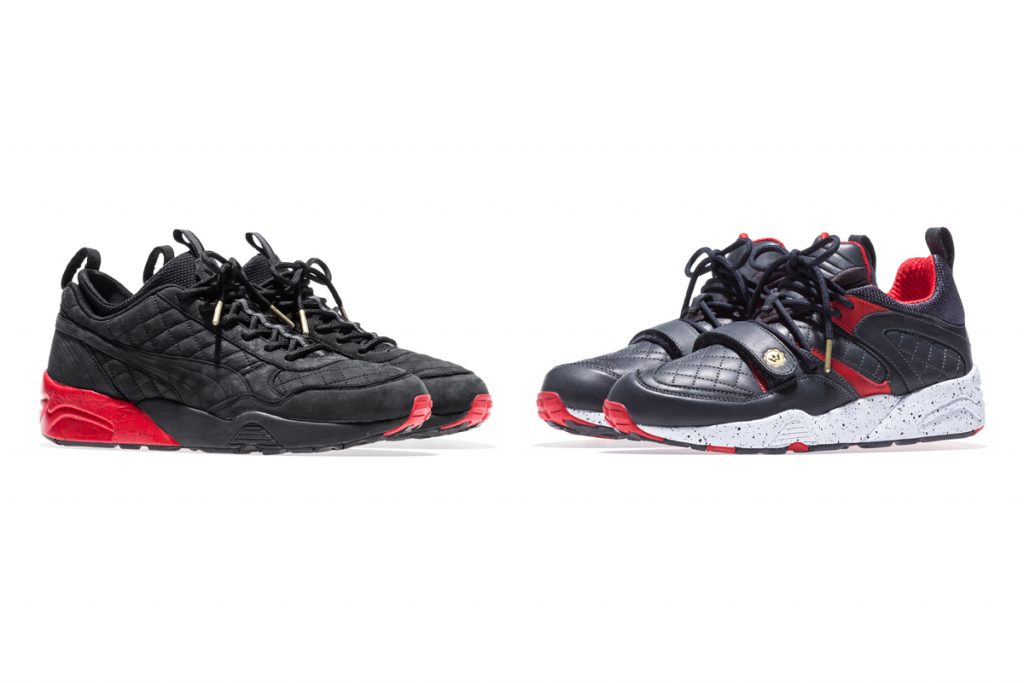Interview: PUMA Hoops Head of Footwear Design, Jeremy Sallee
Digging into the brand’s reemergence in the basketball category
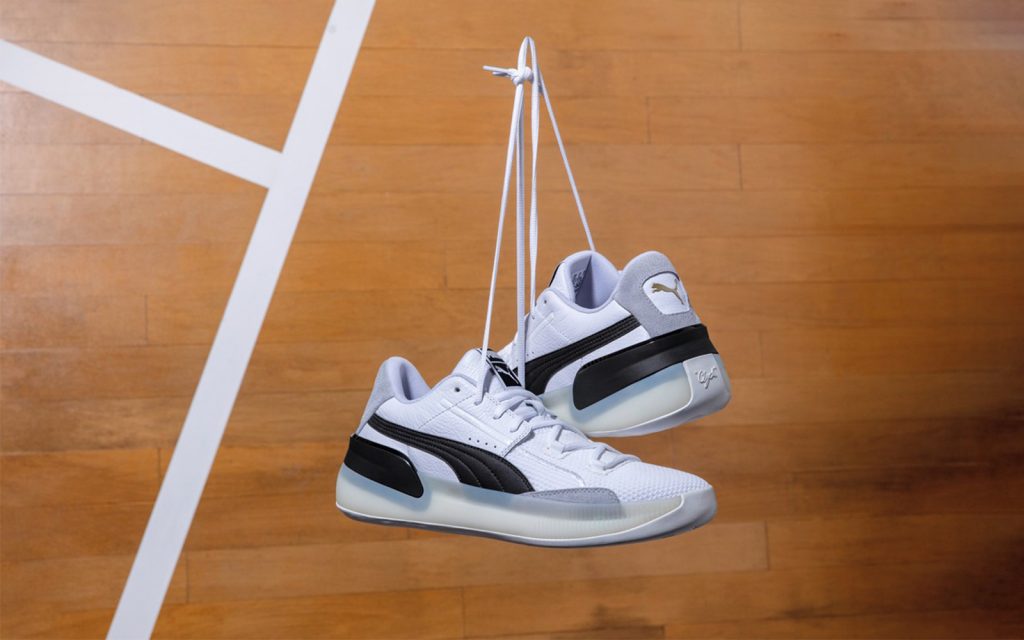
In 2018, PUMA reentered the basketball market with the unveiling of the brand’s first basketball sneaker in 20 years: the PUMA Clyde Court, named after the charismatic former NBA player Walt “Clyde” Frazier. Those sneakers reference a storied relationship between the brand and the beloved sport. Shortly thereafter, they announced a shortlist of high-profile players to ink sponsorship deals and Jay-Z as their creative director. This renewed focus on basketball was carefully considered and intended to be the crucial starting point for the brand’s reinvention.
With basketball sneakers as the core component, and fueled by creativity and a little underdog energy (thanks to their ranking in sportswear revenue share behind giants Nike and Adidas), PUMA Hoops then continued its rebirth with Jeremy Sallee, their Head of Footwear Design, at the helm.
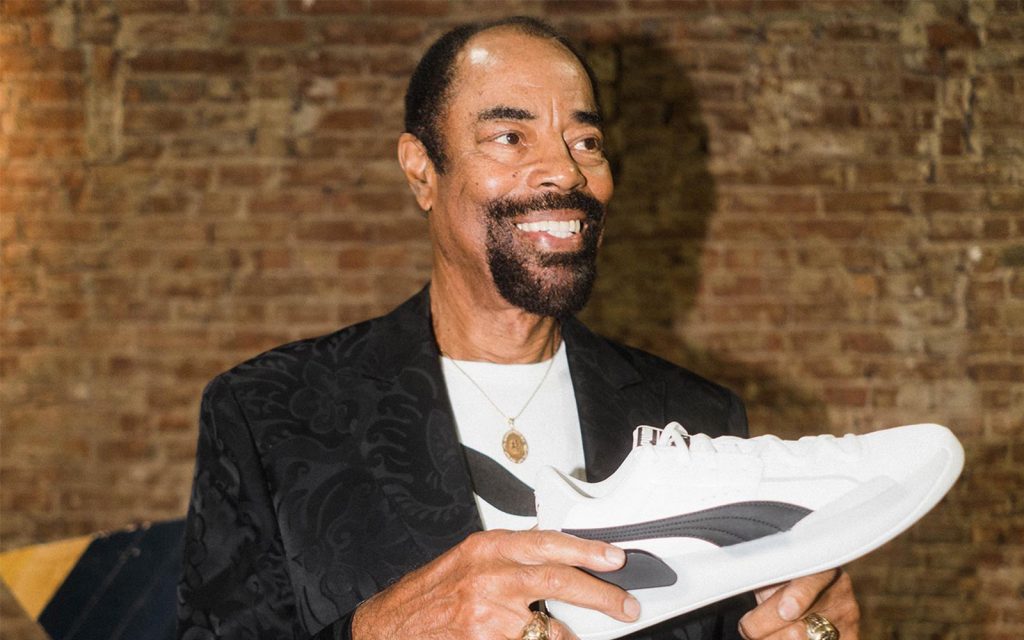
Before being employed by the brand, while recovering from an achilles tear suffered during a basketball game, Sallee heard PUMA’s aforementioned announcements. Inspired, he sketched sneaker designs for a project he titled #AchillesSeries—a collection of potential shoes for any number of big name clients—while passing time during his recovery. After seeing the concepts, PUMA approached him to take on the role.

“When you tear your achilles what people probably know is that you have to be out for about a year,” Sallee explains. “You’re pretty much out of commission and back to normal after about a year. But that first month, you are on your back… I’m super-active, so being on my back for a month was super-depressing. To keep myself sane and keep myself going, I started drawing shoes—just to keep me happy. Every day I would post a new shoe and it didn’t matter what brand it was. I wasn’t reaching out to get a job or anything. But in the midst of that, doing it every day, blogs picked it up, and all of a sudden big brands started to call.”
Sallee has been drawing sneakers of all sorts and making them in limited edition quantities for signature labels of his own since he could remember. Coupled with ambitions of a career in professional basketball, and a stint at the collegiate level at Akron University, Sallee had uniquely positioned himself as the right fit for PUMA.
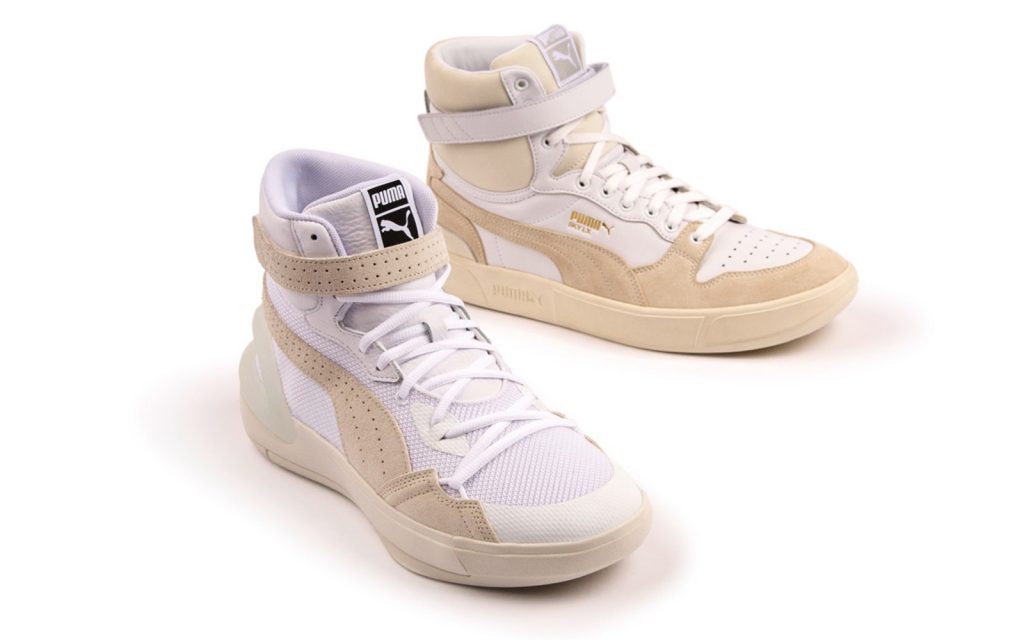
Artistically, Sallee felt it was the right fit too. The team there, with its first designs already completed, did not have to produce a signature sneaker for a spotlight sponsored player, reference seasons past in their new productions, or attempt to market some overstated technical or material innovation. Rather, PUMA, Sallee tells us, “had a bunch of potential, no recent baggage and awesome heritage. It was exciting to see something that they’re going to put money behind that I could start from scratch, basically. We’re using way more non-traditional ways of going about basketball. Rather than focusing on performance first—making you run faster, jump higher—we made it so that non-basketball players could relate to it.”
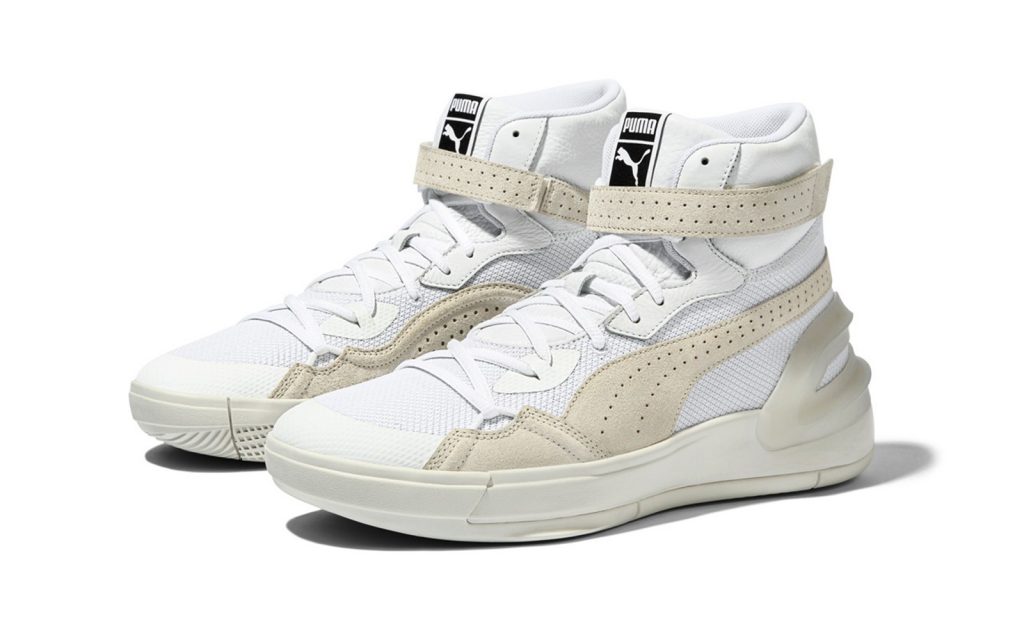
Before joining PUMA, Sallee was already working this way. The sketches from his therapeutic project were not shaped by wear-testing or performance metrics. He was conceptualizing sneakers based on intuition from prior playing experience and what interested him as a consumer. “The Clyde Hardwood and the Sky Modern were both based off of things I did before I got to the company,” Sallee says. “It actually worked out so well. It’s funny how that happens. You know, companies don’t usually show any of their things until they come out. Technically these were sketches that were already done, and had been out there.”
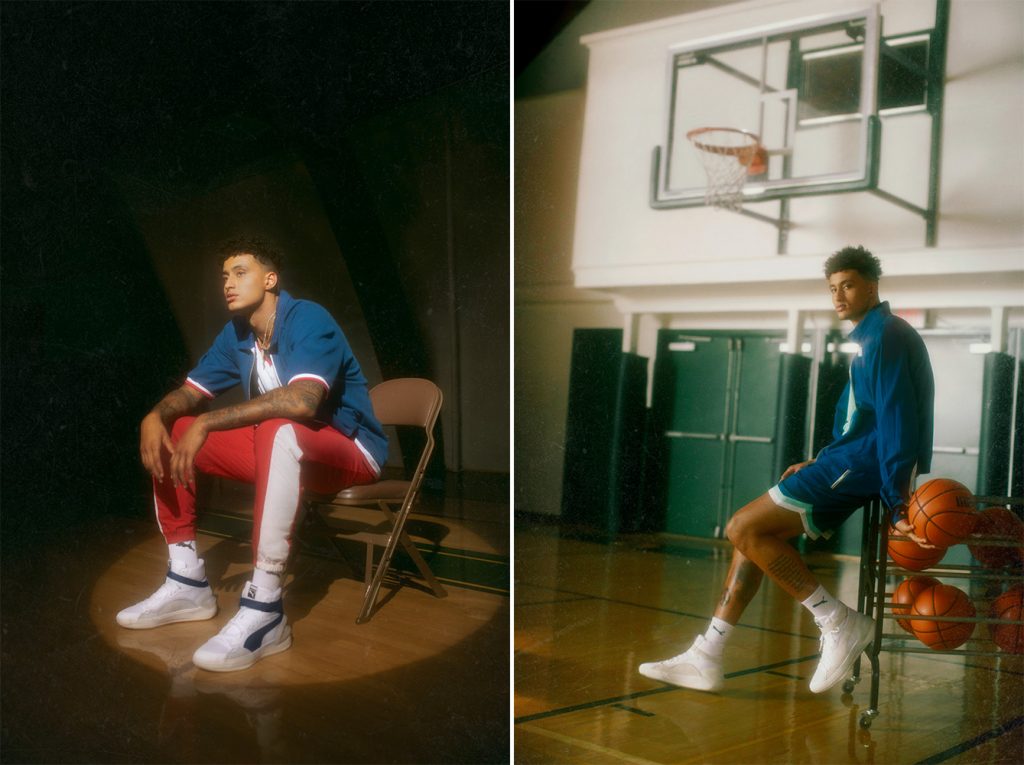
Sallee’s designs impress with their ability to mask various elements, making for cleaner silhouettes. The basketball shoes he’s designed don’t overtly point out air-pockets in the heel or arched toe-pads like others do. While PUMA Hoops’ shoes perform well because it’s a requirement, they’re not just for on the court. Finding a middle ground, Sallee uses design elements from the brand’s past to maintain a recognizable style but balances that with contemporary twists. “Everything we do is based off something in the past,” he says. “It’s important for the authenticity of us doing basketball shoes.”

The Clyde Court, Clyde Hardwood, Legacy, Sky Modern and Sky Dreamer sneakers all incorporate underutilized materials to evoke nostalgia and form a cohesive design style Sallee refers to as “modern vintage.”
“Materials and color were important to calling back to this heritage,” he says. “I call it ‘modern vintage.’ A lot of shoes are using all kinds of synthetics and nobody’s even using real leather anymore. So, that was a big point for me: let’s get some leather back on the shoe, because those were the good old days. The stuff I used to collect when I was younger was made of leather. It had that feeling. It was important to find a nice balance between the modern lightweight materials and the authentic, vintage leather basketball used to be known for. The way for us to stand out is to almost be the anti-basketball basketball brand. We try to be different.”
Beyond PUMA’s dedicated basketball segment, this rebellious energy has led to colorful reimagined takes on iconic silhouettes and the emergence of new styles entirely. The introduction of the RS-X³ Move provides PUMA a competitor to pit against chunky styles by bigger brands. Their Style Rider Stream On takes tips from the iconic Roma, but satisfies demands from consumers who lean toward releases from high-profile designers and luxury fashion houses. Still, the styles that define the brand’s history—the Roma, Suede, GV Special, Clyde, and California—remain front of mind, and just as ripe for reinvention and experimentation than ever.
Hero image courtesy of Puma

